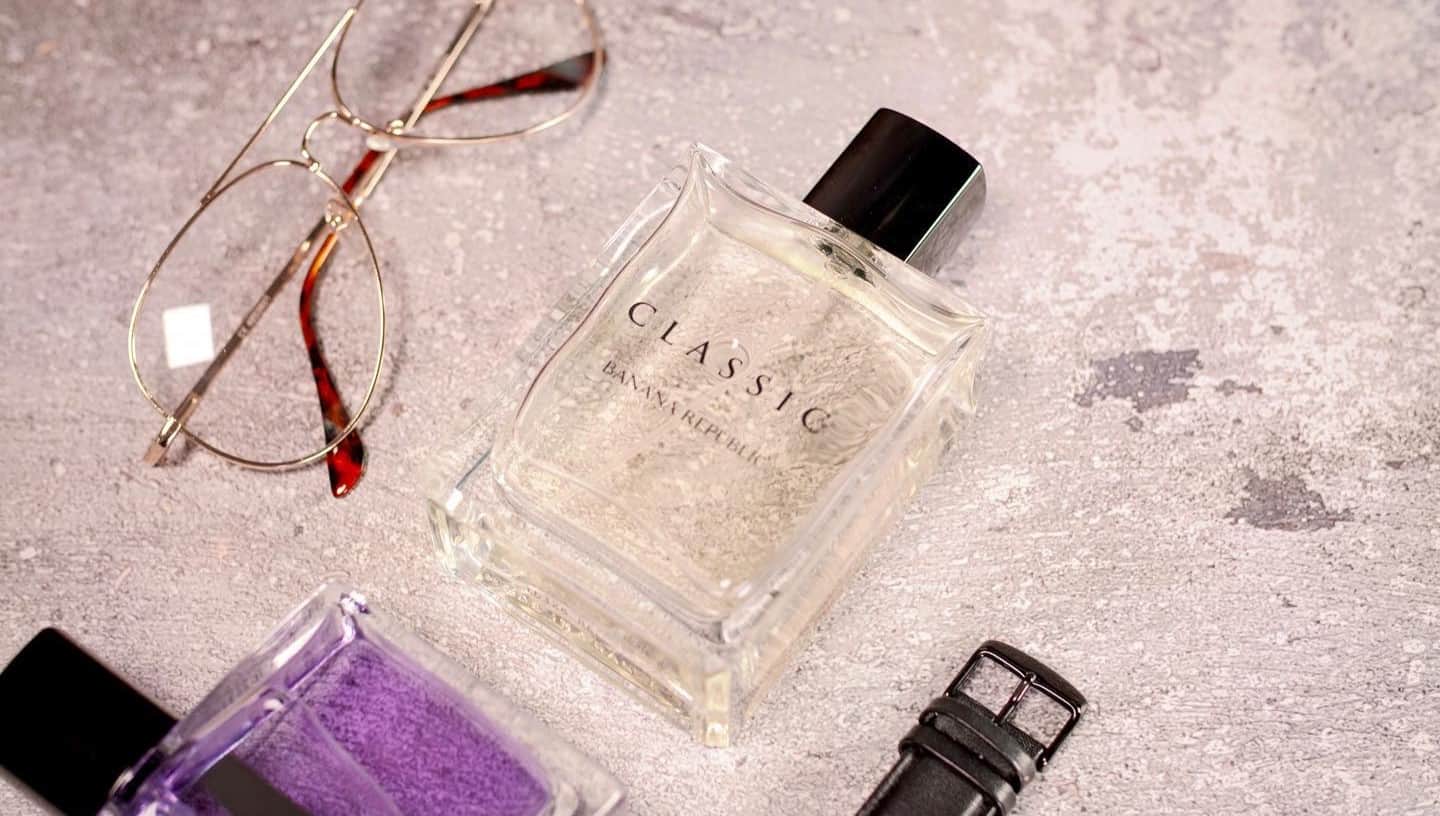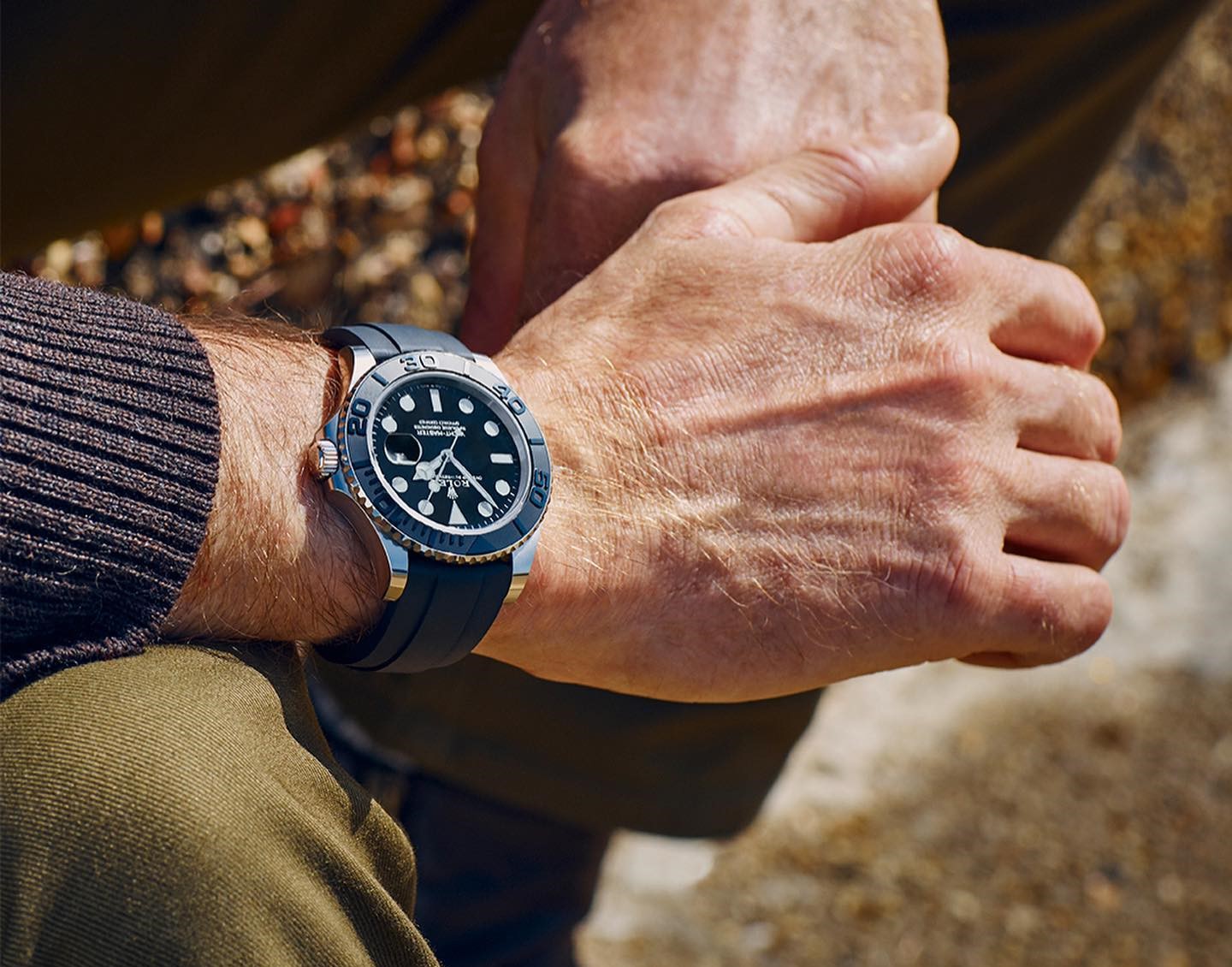Are you tired of sporting the same old hairstyle day in and day out? Do you find yourself struggling to achieve the perfect look that complements your features and lifestyle? Look no further! We’ve teamed up with the grooming experts at RUSH to bring you 40 expert haircare and styling tips that will revolutionise your hair game.
Picture this: You’re getting ready for a big event, whether it’s a job interview, a first date, or a night out with friends. You want to make a lasting impression, but your hair just won’t cooperate. Sound familiar? You’re not alone. Many men face the daily challenge of taming their mane and finding a style that suits them.
Your hair is one of the first things people notice about you, and it plays a significant role in your overall appearance and confidence. By investing time and effort into proper haircare and styling, you can transform your look and feel your best. RUSH’s team of skilled barbers and stylists understand the unique needs of men’s hair and are dedicated to providing tailored advice and services to help you achieve your grooming goals.
40 Expert Tips to Achieve Healthy and Stylish Hair for Men
In today’s fast-paced world, it’s easy for men to overlook the importance of proper haircare and styling. However, the way you present yourself can have a significant impact on your confidence, personal and professional relationships, and overall success.
Whether you’re aiming for a classic, timeless look or a trendy, modern style, taking care of your hair is essential. In this article, we’ll share expert tips from the grooming professionals at RUSH to help you achieve healthy, stylish hair that makes you look and feel your best. From selecting the right products to mastering styling techniques, these tips will guide you on your hair journey to perfection.
1. Identify your hair type
Understanding your hair type (straight, wavy, curly, or coily) is crucial for selecting the right products and techniques for your hair.
2. Embrace your hair’s texture
Work with your natural hair texture rather than fighting against it. Choose styles and products that enhance your hair’s unique characteristics.
3. Invest in quality care
Use high-quality hair care products that are suitable for your hair type and concerns. Avoid harsh chemicals and opt for nourishing ingredients.
4. Wash strategically
Avoid washing your hair too frequently, as this can strip away natural oils. Aim to wash your hair every 2-3 days, depending on your hair type and lifestyle.
5. Rinse with lukewarm water
Hot water can damage your hair and scalp. Opt for lukewarm water when washing and rinsing your hair to preserve its health and shine.
6. Massage your scalp
Regularly massaging your scalp can improve blood circulation, promote hair growth, and reduce stress. Use your fingertips to gently massage your scalp while shampooing.
7. Exfoliate your scalp
Exfoliating your scalp once a week can help remove dead skin cells, unclog hair follicles, and promote a healthy scalp environment. Try a scalp scrub brush or exfoliating gel.
8. Condition your ends
Focus on applying conditioner to the mid-lengths and ends of your hair, where it tends to be drier and more prone to damage.
9. Incorporate deep conditioning
Use a deep conditioning treatment once a week to provide extra nourishment and hydration to your hair, especially if it’s damaged.
10. Ensure thorough rinsing
Rinse your hair thoroughly to remove all traces of shampoo and conditioner, as residue can lead to build-up and dullness.
11. Apply leave-in conditioner
Use a leave-in conditioner to provide extra moisture, detangle your hair, and protect it from heat styling and environmental stressors.
12. Gently pat dry
Avoid rubbing your hair vigorously with a towel, as this can cause friction and damage. Instead, gently pat your hair dry or use a microfiber towel.
13. Detangle with care
Use a wide-toothed comb or your fingers to gently detangle your hair, starting from the ends and working your way up to the roots.
14. Choose the right brush
Select a brush that is suitable for your hair type and length. Opt for a brush with natural bristles or a wide-toothed comb to minimise damage.
15. Schedule regular trims
Get your hair trimmed every 4-6 weeks to remove split ends, maintain its shape, and promote healthy growth.
16. Explore different hairstyles
Experiment with various hairstyles to find the ones that suit your face shape, hair type, and personal style. Don’t be afraid to try something new!
17. Protect with heat spray
Always use a heat protectant spray before using heat styling tools to minimise damage and keep your hair looking healthy.
18. Minimise heat styling
Limit the use of heat styling tools, such as flat irons and curling wands, to prevent heat damage. When possible, let your hair air dry or use lower heat settings.
19. Blow dry gently
When blow-drying your hair, use a low heat setting and keep the dryer at a safe distance from your hair. Use a concentrator nozzle for more precise styling.
20. Use products sparingly
Avoid overloading your hair with styling products, as this can lead to build-up and weigh down your hair. Use products sparingly and distribute them evenly.
21. Shield from sun exposure
Protect your hair from the sun’s harmful UV rays by wearing a hat, using a leave-in conditioner with SPF, or applying a hair sunscreen.
22. Avoid tight hairstyles
Tight hairstyles, such as ponytails or braids, can cause tension and lead to hair breakage. Opt for looser, more gentle styles to minimise damage.
23. Handle your hair gently
Treat your hair with care, avoiding excessive pulling, tugging, or rough handling. Be gentle when brushing, styling, and tying your hair.
24. Stay hydrated
Drink plenty of water throughout the day to keep your body and hair hydrated. Adequate hydration is essential for maintaining healthy hair and scalp.
25. Maintain a balanced diet
Eat a balanced diet rich in vitamins, minerals, and proteins to support healthy hair growth from the inside out.
26. Prioritise sleep
Get enough quality sleep each night to allow your body and hair to repair and regenerate. Aim for 7-9 hours of sleep per night.
27. Manage stress
High levels of stress can contribute to hair loss and damage. Practice stress-management techniques, such as meditation, exercise, or deep breathing.
28. Adopt healthy habits
Embrace a healthy lifestyle by avoiding smoking, excessive alcohol consumption, and other habits that can negatively impact your hair health.
29. Swim smartly
When swimming, protect your hair from chlorine and salt water by wearing a swim cap or applying a leave-in conditioner before entering the water.
30. Benefit from essential oils
Incorporate essential oils, such as lavender, peppermint, or tea tree oil, into your hair care routine for added nourishment and scalp health benefits.
31. Embrace baldness
If you’re experiencing hair loss or thinning, consider embracing a bald or buzz-cut style. Confidence is key in pulling off any look.
32. Opt for a silk pillowcase
Switch to a silk or satin pillowcase to reduce friction and minimize hair breakage and frizz while you sleep.
33. Boost volume
Use volumising products and techniques, such as blow-drying your hair upside down or using a root-lifting spray, to add body and fullness to your hair.
34. Handle hair bands carefully
Be gentle when using hair bands or elastics to avoid causing breakage. Opt for snag-free, fabric-covered hair ties to minimise damage.
35. Experiment with parting
Try changing your hair parting to create a new look or add volume. Experiment with side parts, middle parts, or zigzag parts for variety.
36. Choose sulphate-free products
Look for hair care products that are free from harsh sulphates, which can strip your hair of its natural oils and cause dryness and irritation.
37. Brush with boar bristles
Use a boar bristle brush to distribute your hair’s natural oils evenly from the roots to the ends, promoting shine and healthy hair.
38. Nourish with pre-shampoo treatment
Apply a pre-shampoo treatment, such as a hair oil or mask, to nourish and protect your hair before washing it.
39. Avoid harsh treatments
Minimise the use of harsh chemical treatments, such as bleaching or perming, which can severely damage your hair. If you do opt for these treatments, make sure to follow up with extra care and conditioning.
40. Seek professional advice
Consult with a professional hairstylist or barber, such as the experts at RUSH, for personalised advice on your hair type, concerns, and style options.
Book Your Hair Appointment Now
While you can implement many of these strategies at home, there’s no substitute for the personalised advice and skilled hands of a professional hairstylist. At RUSH, our team of experienced stylists are dedicated to helping men look and feel their best. We offer a range of services tailored specifically to men’s hair, from precision cuts and styling to colour treatments and hair health consultations.
Don’t wait any longer to achieve the healthy, stylish hair you deserve. Book your appointment at RUSH today and let our skilled team guide you on your journey to hair perfection. Alternatively, find a hairdresser near you to embark on a vibrant and personalised hair journey.
FAQ”s
The frequency of washing your hair depends on your hair type, texture, and lifestyle. Generally, men with fine or oily hair may need to wash daily, while those with thicker, curly, or dry hair can wash every 2-3 days.
What type of shampoo and conditioner should I use?
Choose shampoos and conditioners that are formulated for your specific hair type and concerns. For example, if you have dry hair, opt for moisturising products; if you have fine hair, look for volumising formulas. Avoid harsh sulphates and prioritise ingredients like natural oils, vitamins, and proteins that nourish your hair.
Pomades – Offer a range of holds and finishes, from light and natural to strong and shiny.
Clays – Provide a matte, textured look with medium to strong hold.
Creams – Ideal for a natural, lightweight hold with a subtle sheen.
Gels – Offer strong hold and a wet, shiny finish.
Sprays – Help with volume, texture, and light hold.
To minimise damage from heat styling tools, always use a heat protectant spray before applying heat. Keep the tools at a lower temperature setting and avoid using them on wet hair. Also limit heat styling to 1-2 times per week, and use gentler techniques like air drying or towel wrapping when possible.
How can I maintain healthy hair between salon visits?
- Protecting your hair from sun, wind, and pollution.
- Avoiding tight hairstyles that cause tension and breakage.
- Brushing gently with a soft-bristled brush.
- Sleeping on a silk or satin pillowcase to reduce friction.
Yes, certain dietary and lifestyle habits can contribute to healthier hair:
- Eat a balanced diet rich in vitamins (A, C, D, E), minerals (iron, zinc), and protein.
- Stay hydrated by drinking plenty of water.
- Manage stress through meditation or other relaxation techniques.
- Get enough sleep (7-9 hours per night) to allow your body and hair to repair and regenerate.
Apply leave-in conditioners and curl-defining creams to damp hair and use a silk bonnet to protect your curls overnight. We also advise using style techniques like scrunching, finger coiling, or using a diffuser attachment on your blow dryer. Also avoid heat styling and brushing dry hair, which can disrupt the curl pattern and cause frizz.
We would always recommend consulting a doctor encase there is a larger underlying cause. However, you can consider using topical treatments or shampoos and conditioners designed for thinning hair. Additionally, avoid tight hairstyles and opt for shorter styles or textured cuts that create the illusion of fuller hair.



